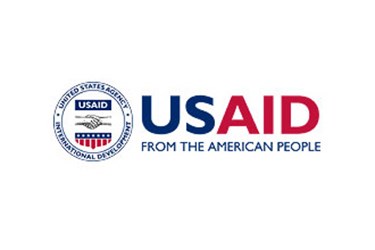USAID Water Strategy: Leveraging Science, Technology, And Innovation


USAID recently published its five-year Water and Development Strategy that defines its approach to water programming. Described as the government’s first comprehensive strategy aimed at integrating water into all U.S. development funding and programs and a good first step, this 32-page document provides a framework for saving lives and advancing development through innovative investments in water, sanitation and hygiene.
According to the Agency's press release, the strategy represents a fundamental shift toward a new model of development – defined by public and private partnerships, use of new technology, and emphasis on long-term results.
USAID Seeks to Leverage Science, Technology and Innovation
I reviewed the document to determine how prominently USAID positioned water technologies and innovation in support of development programming. From the Executive Summary to the Operational Principles, there is a distinct technology thread. The agency plans to support the development of innovative technology that has the potential to transform lives, use emerging science and technology to promote innovation, and put in place integrated programs that leverage resources across their stakeholder continuum.
 The strategy enumerates eight operational principles. Principle #6 focuses on leveraging science and technology to dramatically improve WASH and the management of water resources at regional, national and local levels. Overall, the agency believes that "(e)ffective co-management of water and energy, including the integration of water, food and energy programs, as well as support for and development of technology, can lead to significant returns on investment."
The strategy enumerates eight operational principles. Principle #6 focuses on leveraging science and technology to dramatically improve WASH and the management of water resources at regional, national and local levels. Overall, the agency believes that "(e)ffective co-management of water and energy, including the integration of water, food and energy programs, as well as support for and development of technology, can lead to significant returns on investment."
Stepped-Up Partnerships with Technology Companies
This strategy opens the door for stepped-up partnerships with technology companies who have an interest in positioning their technologies to serve in the development context.
We will achieve greater impact by partnering with outside organizations and businesses that leverage innovative approaches and new technologies. This approach will also emphasize sustainability by building local capacities for operations, maintenance, and monitoring, said Administrator Rajiv Shah.
Through USAID's Global Development Alliance, companies can collaborate with the Agency and navigate the emerging markets to create value. Over 1700 companies, including Microsoft, Starbucks, The Coca-Cola Company have worked with USAID to create solutions "advance business interests and contribute to the long-term social and economic growth of a country."
For corporations, large and small seeking to sustain their supply chain and round out a business model to include humanitarian goals, this strategy represents an open invitation to develop a meaningful partnership with an Agency, play a role in their scale up of development work, and help build on its successes in water.
Donna Vincent Roa is a member of the Water Environment Federation and the Federal Water Quality Association and frequently writes on water issues. She is Managing Partner and Chief Strategist of Vincent Roa Group, a strategic business and science communication firm that helps organizations achieve excellence in high-stakes communication, position brand communication as a key enterprise asset, and maximize communication resources.
